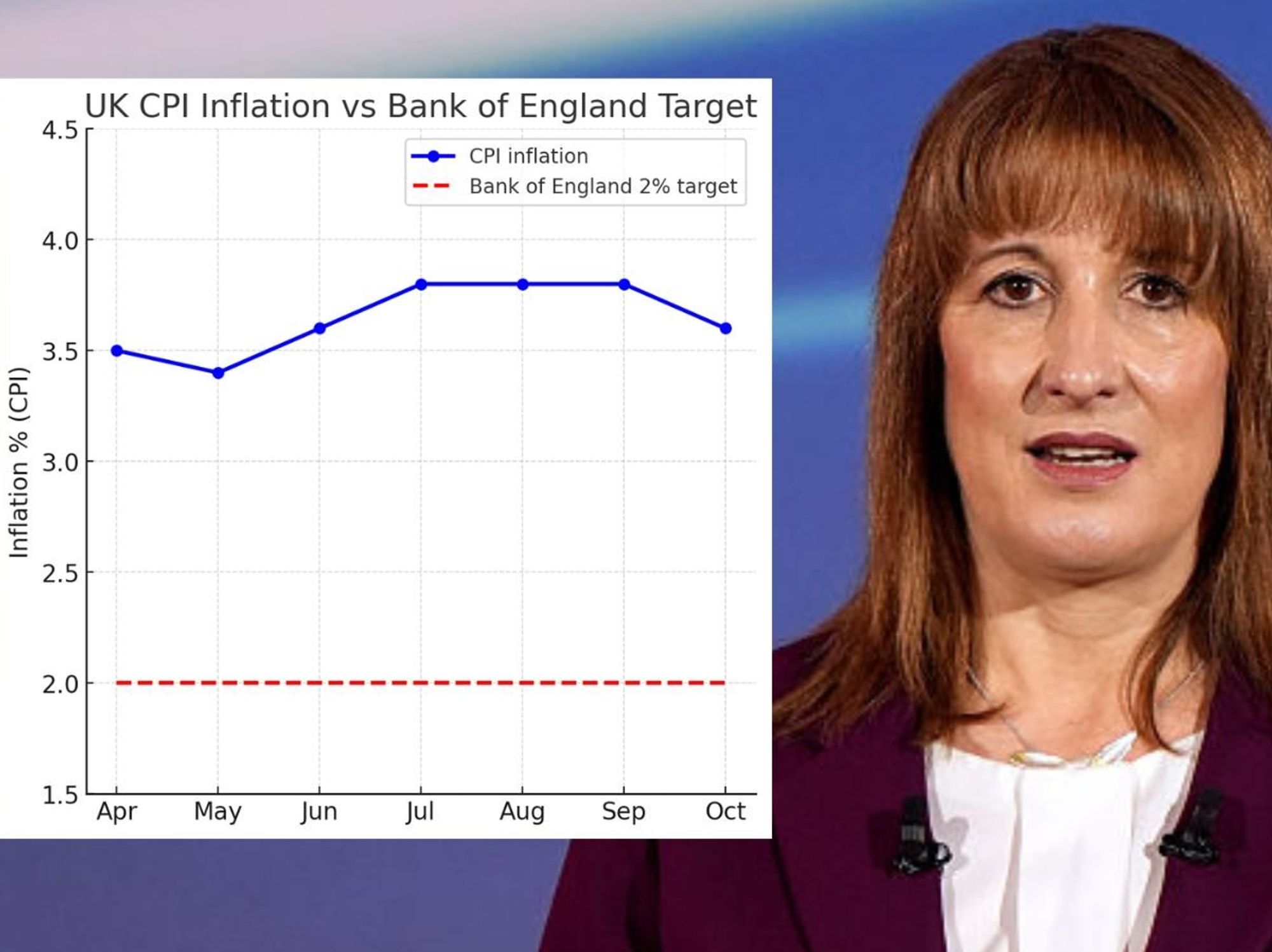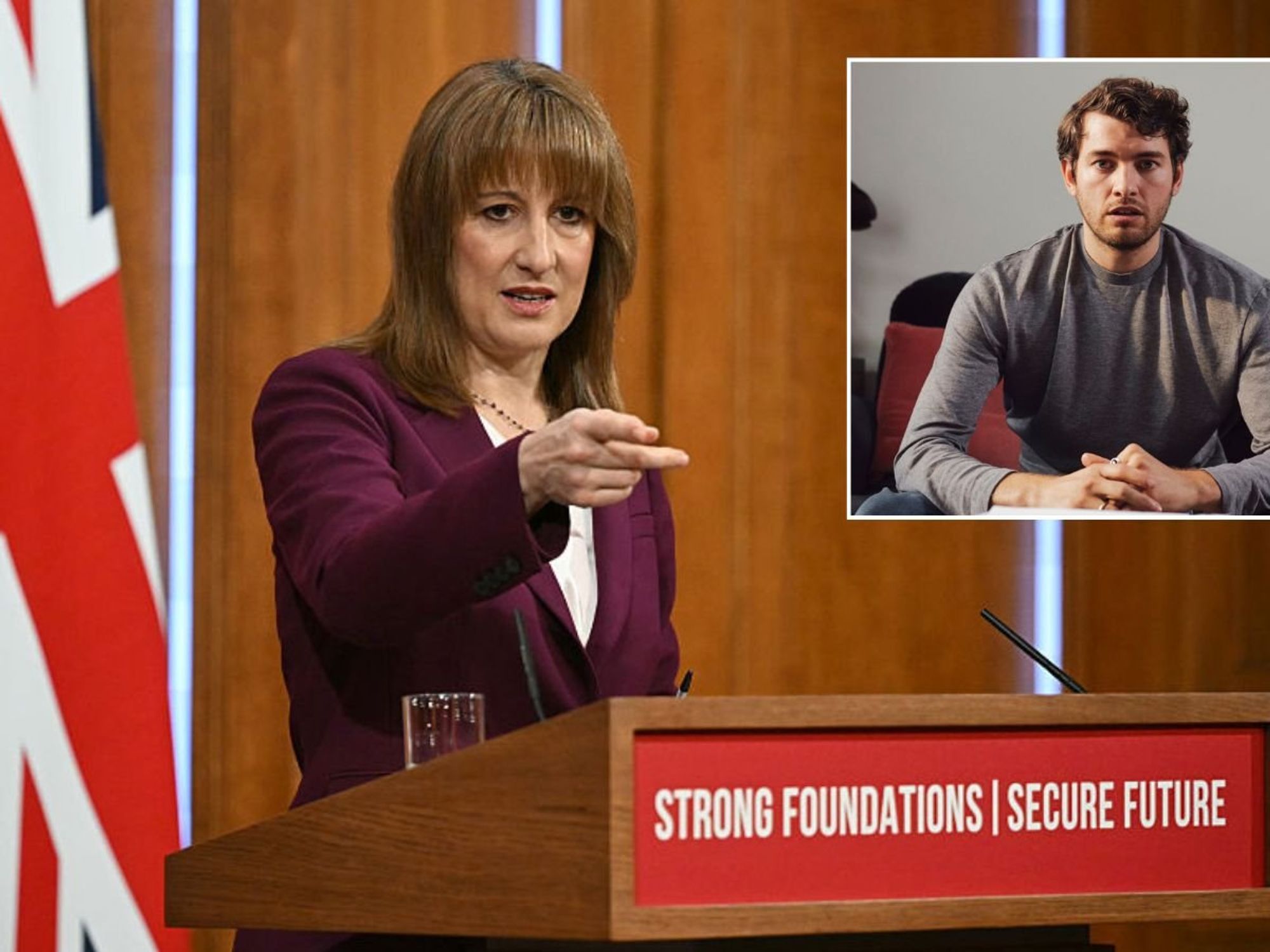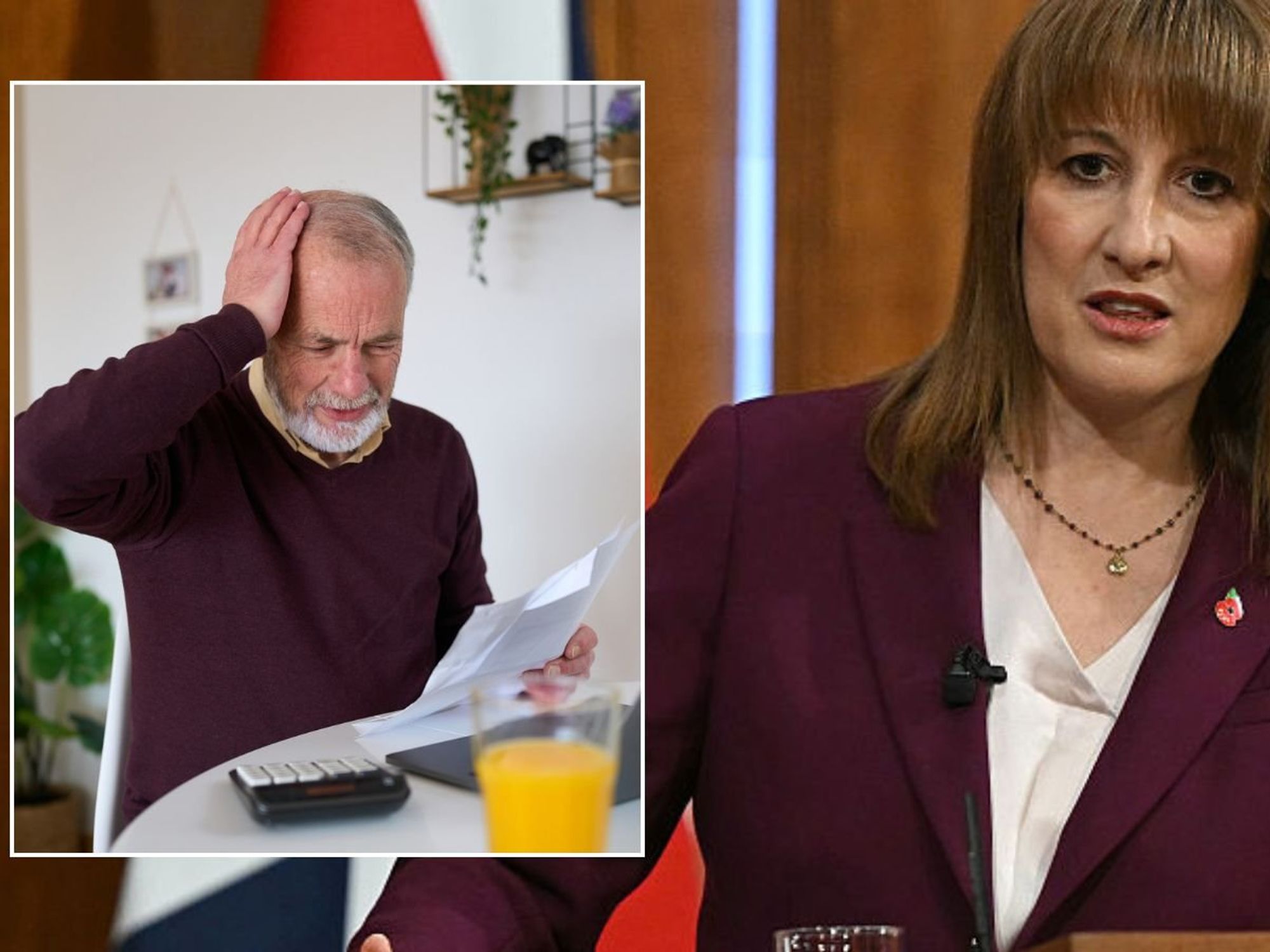Mysterious Christian mosaic stuns researchers as it reveals lost secrets of the bible
The remarkable discovery could change what we know about the beginnings of Christian society
Don't Miss
Most Read
Latest
Archaeologists have been left stunned after finding remarkable Christian floor mosaic - which could shed light on the secrets of the bible.
The 1,500-year-old discovery emerged during the final phase of 2025 excavations at Urfa Castle in Turkey.
The ancient artwork displays intricate depictions of animals and plants alongside representations of the four classical elements - air, water, earth and fire.
These natural motifs appear to reflect themes from Genesis, with the creatures and plants evoking divine creation while the elemental symbols suggest the harmonious order of the world as described in scripture.
The discovery strengthens Urfa's historical importance as the traditional birthplace of Abraham, a central figure in the Old Testament and the forefather of the Jewish people.
Professor Gulriz Kozbe, the excavation director from Batman University, told state-run Anadolu Agency: "Initial examinations indicate the mosaic likely served as the floor of either a church, a chapel, or what we call a martyrium, a shrine to a martyr.
"The presence of this Christian mosaic demonstrates how early believers in Urfa actively maintained biblical traditions, incorporating Old Testament symbolism into their places of worship."
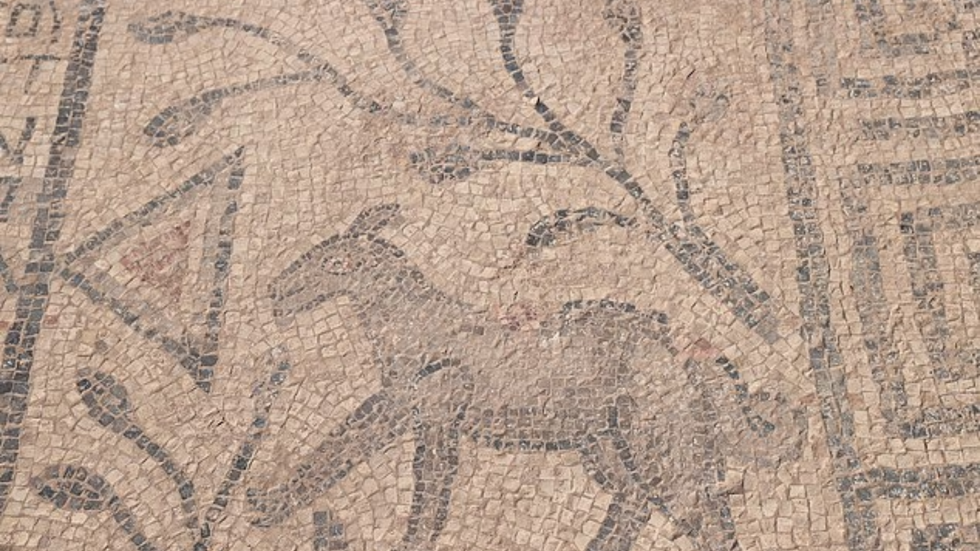
The ancient artwork displays intricate depictions of animals and plants
|GETTY
The intricate mosaic, crafted from tiny black, red and white stones between 460 and 495 AD, reveals sophisticated early Christian artistry.
Greek inscriptions in the design name several church leaders, including Bishop Kyros of the region, head priest Elyas, or Ilyas in Turkish, and Rabulus, who served as deacon.
The inscriptions, styled in Byzantine epigraphic fashion, indicate the floor was commissioned "for the protection of Count Anakas and his family," according to Professor Kozbe.
These details offer valuable insights into the religious hierarchy and elite patronage that supported early Christian communities in fifth-century Urfa.
REMARKABLE FINDS - READ MORE:
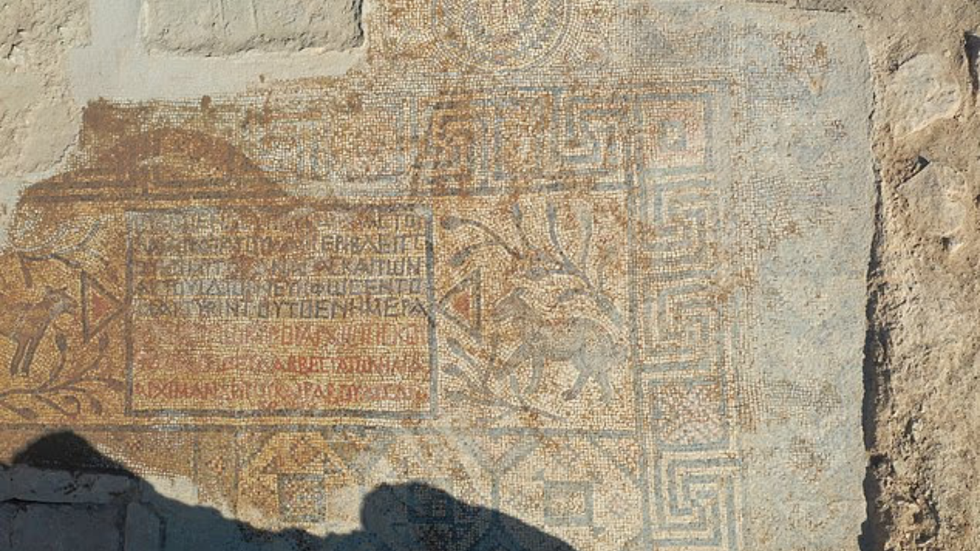
The discovery strengthens Urfa's historical importance as the traditional birthplace of Abraham
|GETTY
Three religious burials were uncovered alongside the mosaic, indicating that clergy who served at the site were interred there.
Professor Kozbe noted similarities to rock-cut tombs found on the castle's southern slope and in the Kizilkoyun necropolis, with excavation work on these burials set to continue next year.
Medallion-shaped mosaics depicting cosmic elements were discovered at one corner of the floor.
"These medallions likely appear at all four corners of the floor," Prof Kozbe said.
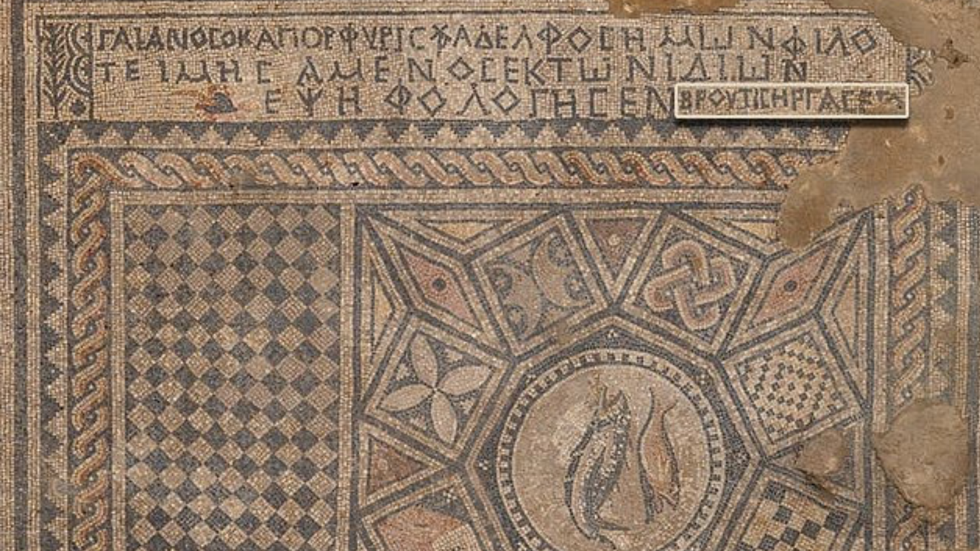
Greek inscriptions within the design name several church leaders
|MUSEUM OF THE BIBLE
He added that whilst they provide significant insights into religious practices, further research and comparative analysis will be necessary to draw definitive conclusions about their meaning.
Those who served as clergy or held other religious roles in the building were said to have been laid to rest on the premises.
Prof Kozbe said: "Similar to the rock-cut tombs we found both on the southern slope of the castle and in the Kizilkoyun necropolis, we see evidence of burials here.
"We have found at least three, but work on these will continue next year."







